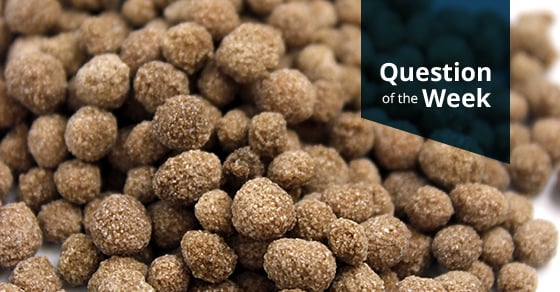Agglomeration is commonly used to upgrade material fines into a granular product. It can also be used to transform sludge-like materials into a dry, granular form.
There are many reasons to agglomeration a material. The choice to agglomerate often stems from a material problem, be it a dust issue, handling problem or otherwise.
The following list highlights some of the most common reasons to choose agglomeration:
- To improve handling and transportation of the material.
- To decrease transportation costs.
- To improve the material’s performance.
- To enhance the material’s characteristics (i.e. density, porosity)
- To enrich the appearance.
- To mitigate issues associated with dust.
- To improve flowability.
- To create waste to fuel prospects.
- To transform a waste material or process byproduct into a more marketable, usable form.
- To prepare a material for landfill, or to reduce the need for landfilling altogether.
No matter the reason, agglomeration offers an array of benefits. Download FEECO’s agglomeration e-book for more comprehensive information on the topic.


